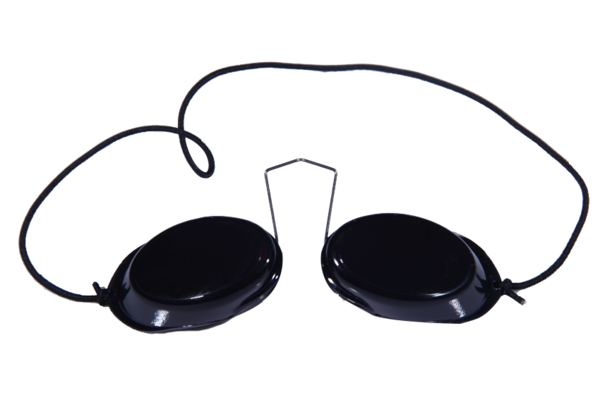

7) Uranium GlassĪlso called Vaseline glass, these pieces are usually yellow or green and have graced many an American table. Though there is some debate about just how dangerous these items can be in light of the background radiation we are all experiencing everyday, it’s important to know what you’re buying and collecting. Via/ FlickrĪccording to the Environmental Protection Agency there are a number of items you can probably find in any antique store which actually give off measurable amounts of radiation. But, have you stopped to consider just how many vintage items might actually be radioactive? It’s more than you might think. Lead, animal glue, and asbestos are just a few examples of materials that were once quite common in everyday items. That's in keeping with the central philosophy of radiation safety, keeping everybody's exposures As Low As Reasonably Achievable (ALARA).It’s no shocker that many older items were manufactured in ways that we wouldn’t approve of today. But, it's still not a bad idea to check for contamination and radiation. The bottom line is that your compasses are very unlikely to pose a health risk to you and your family and/or pets. We never found anything that was even remotely dangerous, nor did we when I worked for the State of Ohio in the 1990s. As long as the person calling didn't sound nutty and was willing to bring their things to our office we were usually willing to help out. When I was a university and hospital RSO we had people contact us from time to time with questions about this sort of thing. If you contact them, they might be interested in measuring the compasses for radiation and contamination or they might be willing to lend you an instrument for a day or so. If any of the compasses are leaking, they might also be able to advise you one the best way to handle it.Īlternately, see if there's a research university or a nearby hospital with a nuclear medicine or radiation oncology department in your area, either of these will likely have a radiation safety office (RSO) (maybe as part of environmental health and safety department). See if you can make contact with someone at the chapter to find out if there's someone who might be interested in paying you a visit to do a radiation and contamination survey. What you might want to do is to go to the Health Physics Society's web page to see if you can find your local HPS chapter. Again, it's not likely to be harmful, but you should be aware that it's there. This is where I can't do much more than guess because the amount of radium in the paint and the amount of paint on each compass is what will determine the radiation dose rate. Having said that, it's almost certainly not enough radiation to hurt you, and just because it might be measurable on a radiation detector does not mean that it's harmful. The alpha radiation is what interacts with the paint to give off light the gamma radiation is what can escape your cabinet to give exposure. Radium gives off both alpha and gamma radiation.

The radiation comes from the radium in the paint. My guess would be that you don't have a Geiger-Mueller (GM) "pancake" detector, but you might be able to borrow one (see below). This incident illustrates why you need to be aware of the potential for contamination! As a radiation guy, I have a number of radiation detectors at home that allow me to do a quick contamination survey every now and again, just to be safe. So we sealed them up in a double-locked bag and moved them to storage until we could arrange disposal. However, we noticed that the glass cover was cracked, we did a smear wipe and found the outsides were contaminated.

My colleague and I both wanted to grab one for our own collections of radioactive products. The compasses were beautiful Army models from the 1940s or 1950s. The dumpster set off some radiation alarms and we responded to see what was happening. I saw this happen with a number of compasses that we found in a dumpster in New York City when I was working for the city's health department. Normally, the cover will contain the contamination as long as it's tightly sealed, but if the glass cracks or the seal is broken then the contamination can spread to your cabinet. Over time the paint can become powdery or can flake off, contaminating the dial and everything beneath the glass cover. The contamination would come from the paint. And that raises two different concerns-contamination and radiation. With radium dials, the radium is found in the paint that was used to make the hands and tick marks luminous. It sounds as though you've got a cool collection! I can give you some general guidance but, without knowing more about each of the compasses it's hard to give precise information.


 0 kommentar(er)
0 kommentar(er)
